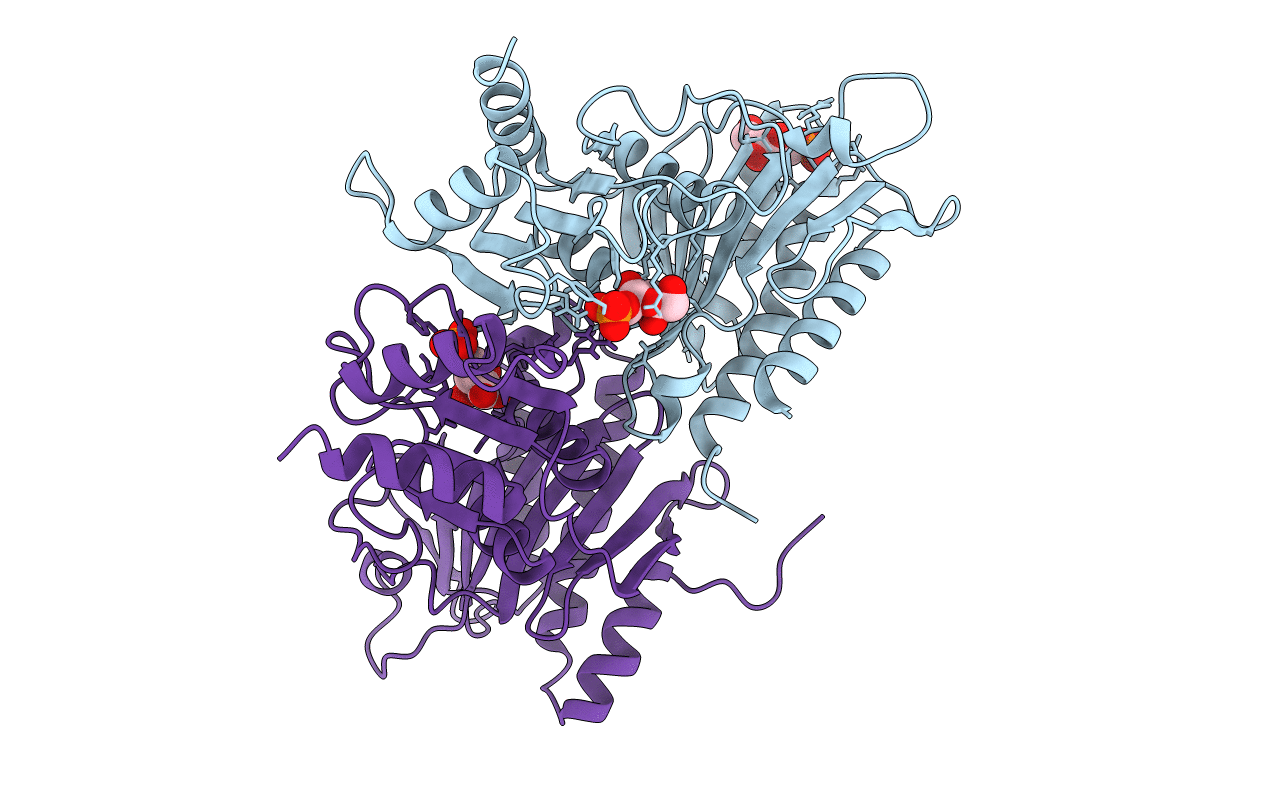
Deposition Date
1991-02-11
Release Date
1992-07-15
Last Version Date
2024-03-13
Entry Detail
PDB ID:
5FBP
Keywords:
Title:
CRYSTAL STRUCTURE OF THE NEUTRAL FORM OF FRUCTOSE-1,6-BISPHOSPHATASE COMPLEXED WITH THE PRODUCT FRUCTOSE 6-PHOSPHATE AT 2.1-ANGSTROMS RESOLUTION
Biological Source:
Source Organism:
Sus scrofa (Taxon ID: 9823)
Method Details:


